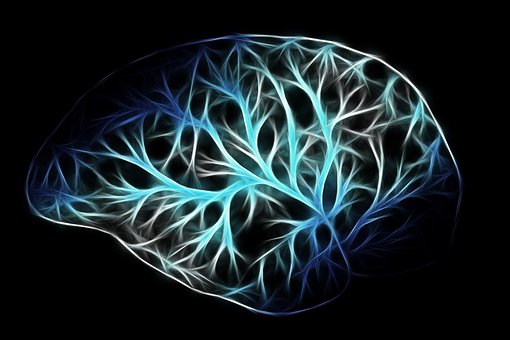Using innovative genetic techniques in mice, researchers at Stanford’s Wu Tsai Neurosciences Institute have revealed for the first time how dopamine and serotonin work in direct opposition to fine-tune our response to rewards. This discovery could reshape our understanding of conditions ranging from addiction to depression, where the delicate balance between these neurotransmitters goes awry.
Graduate student Daniel Cardozo Pinto and colleagues developed groundbreaking methods to simultaneously observe and control both neurotransmitter systems in living mice. Their experiments focused on the nucleus accumbens, a brain region crucial for processing emotion and reward. When mice encountered a sweet reward, dopamine signals increased while serotonin levels dropped – revealing a perfectly choreographed molecular tango.
“It’s very rare in science to get a result so striking that you can see it immediately,” shares Cardozo Pinto, describing the moment mice demonstrated their clear preference for experiencing both dopamine and serotonin manipulations together. This preference helped confirm a decades-old hypothesis about how these systems interact.
The study settles a long-standing debate about whether these neurotransmitters work in synergy or opposition. The evidence strongly supports the “opponency hypothesis” – dopamine creates a “go” signal for reward-seeking behavior, while serotonin provides a crucial “wait” signal that promotes patience and consideration of long-term consequences.
These findings have profound implications for treating psychiatric conditions. For instance, addiction might be better understood as an imbalance between an overactive dopamine “accelerator” and an underactive serotonin “brake.” Future treatments could focus on restoring the balance between these systems rather than targeting either one alone.
Glossary
- Neurotransmitters
- Chemical messengers that neurons use to communicate with each other in the brain and nervous system.
- Nucleus Accumbens
- A region of the brain involved in processing reward, motivation, and emotion, sometimes called the brain’s “pleasure center.”
- Optogenetics
- A technique that uses light to control genetically modified neurons, allowing researchers to precisely manipulate brain activity.
What happens to serotonin levels in the nucleus accumbens when a reward is received?
They decrease, in direct opposition to rising dopamine levels.
Why wasn’t blocking just one neurotransmitter system enough to stop learning?
Both systems need to be active for proper reward learning – like needing both an accelerator and brakes to drive a car effectively.
How might this research impact addiction treatment?
It suggests treatments should focus on both dampening overactive dopamine signaling while boosting serotonin activity to restore balance.
What made this study technically innovative?
It was the first to allow researchers to observe and control both dopamine and serotonin systems simultaneously in the same animal.
Enjoy this story? Subscribe to our newsletter at scienceblog.substack.com.


